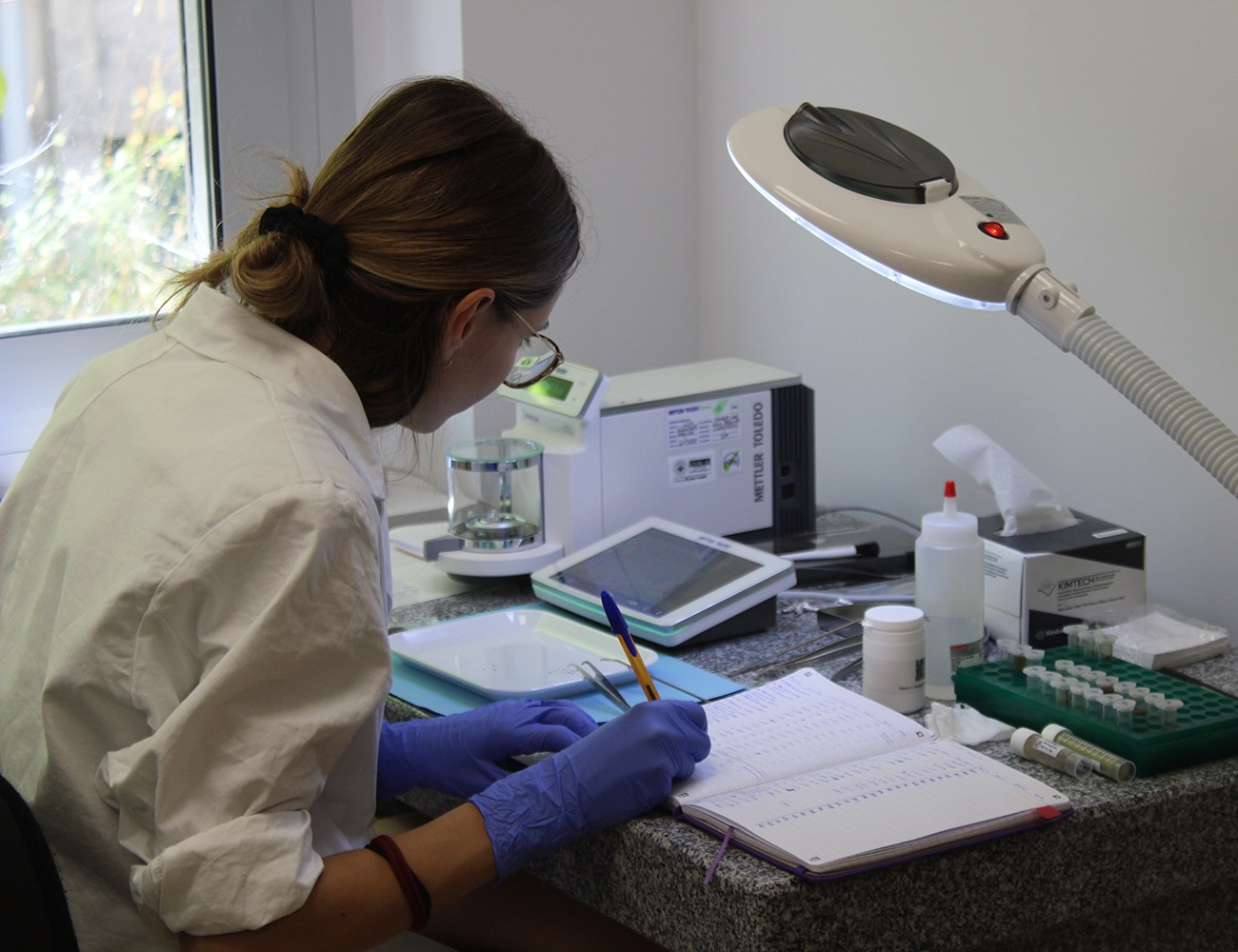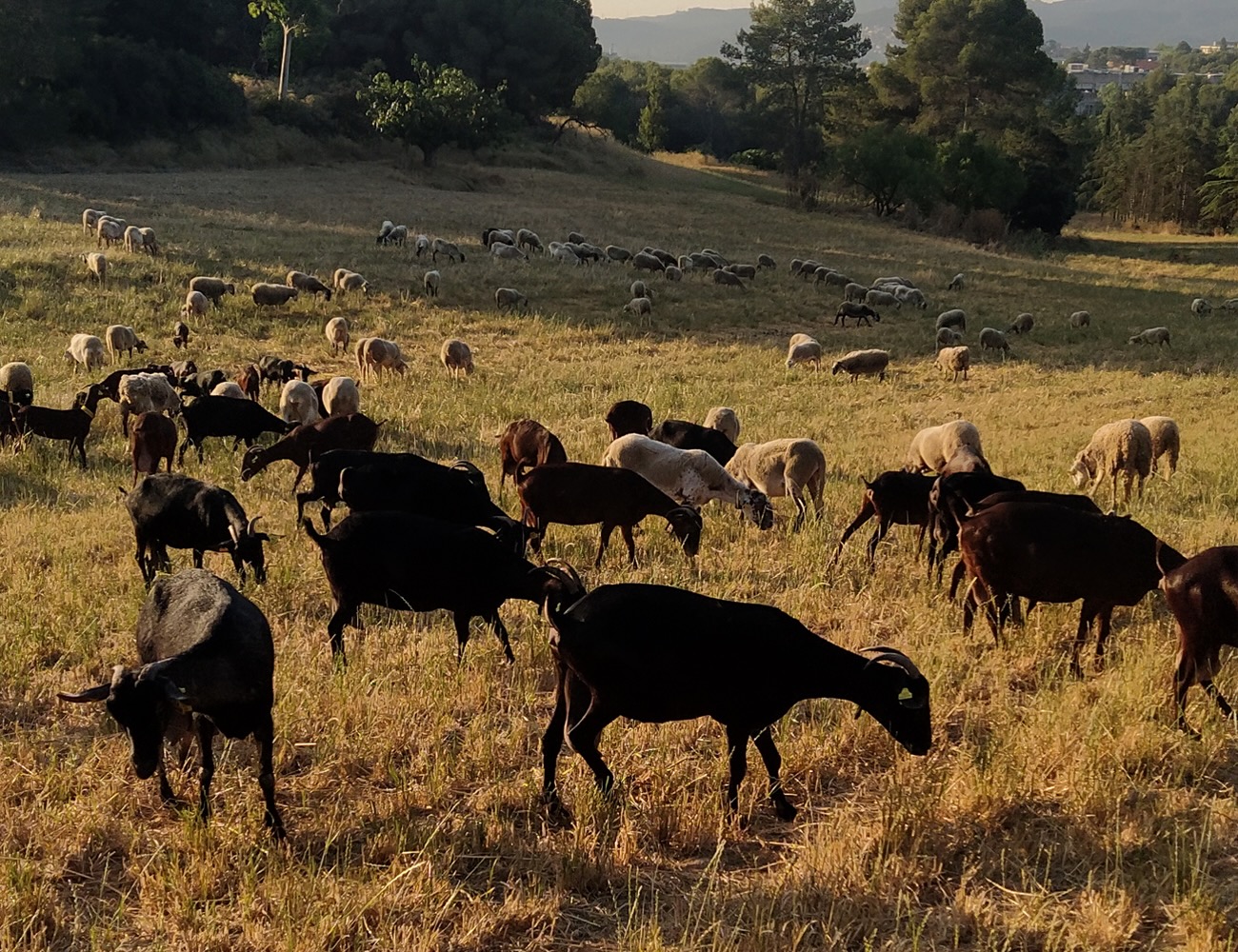
Our interdisciplinary team analyses archaeological teeth from sheep, goats, and gazelles using high-resolution biogeochemical techniques to uncover key traits of ancient animal management. By combining multiple proxies, we reconstruct how early humans shaped reproduction, diet, and mobility—three core aspects of the domestication process.
At the heart of the READ project is our fully equipped Biogeochemical Laboratory, where cutting-edge techniques are applied to unlock the life histories of ancient animals from tooth and bone samples.


READ project—bringing together experts in archaeology, biogeochemistry, and zooarchaeology to investigate the earliest steps of animal domestication
When and how did the earliest steps of animal domestication occur during the Neolithic period?
This pivotal question remains a key topic of debate in archaeological research nowadays. The READ project brings recent advances in biogeochemistry into the realm of archaeology to unravel the current unresolved paradigms on the origin of animal domestication.
Our interdisciplinary team investigates the historical life traits of sheep and goat specimens with a high-resolution time analysis by performing biogeochemical analyses on fossil teeth. In addition to sheep and goats, gazelles are analysed as a blind sample, as they co-existed with caprines and have not been domesticated. The combination of different proxies allows the reconstruction of the three crucial mechanisms in the domestication process:
- The control of the animals’ reproductive cycles.
- The induced changes to their feeding habits.
- The interruption of migratory-seasonal movements.
The faunal assemblages analysed come from the three key regions for this research area: the Southern Levant, the Northern Levant, and the Eastern Fertile Crescent. Furthermore, our team is assembling a reference dataset from wild relatives in museum collections and current living populations found in breeding centres.
The READ team is based in the Department of Prehistory at the Universitat Autònoma de Barcelona (Spain, ES).
Follow how the READ project is making an impact
Discover our latest publications, talks, and outreach activities

